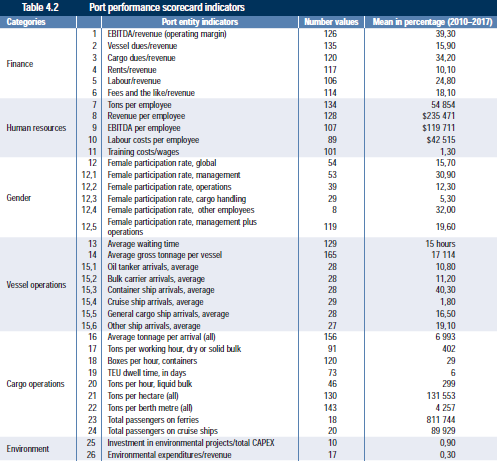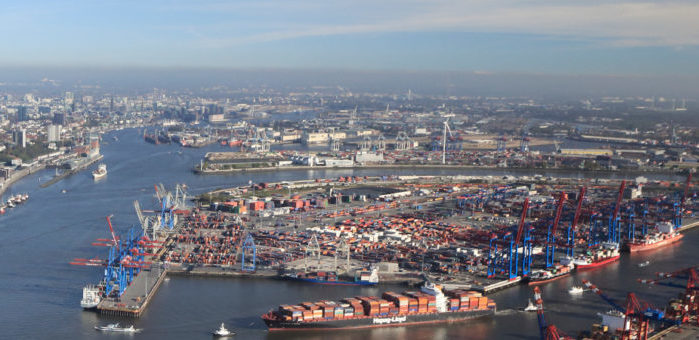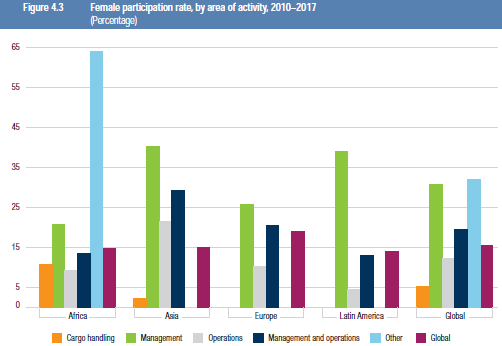In its review of maritime transport, UNCTAD presented two trends for ports. Namely, cargo-handling activity and throughput in global ports, which reflected a recovery in the global economy and a rebound in trade volumes that boosted shipping demand and seaborne trade in 2017, showed overall improvement and promising trends.
Improvements in global port cargo throughput
Cargo throughput at world major ports was estimated at over 15 billion tons in 2016, following an increase of 2.1% over 2015.
[smlsubform prepend=”GET THE SAFETY4SEA IN YOUR INBOX!” showname=false emailtxt=”” emailholder=”Enter your email address” showsubmit=true submittxt=”Submit” jsthanks=false thankyou=”Thank you for subscribing to our mailing list”]
Preliminary analysis indicates that port volumes increased in 2017 reflecting global economic recovery and growth in seaborne trade. Estimates also show that volumes handled in the top 20 port increased by 5% to 9.4 billion tons in 2017, compared with 8.9 billion tons in 2016.
A study describing the performance of leading global ports between 2011 and 2016 found that bulkhandling terminals captured most of the expansion
gains of all ports, including container- and bulkhandling ports.

Tracking and measuring port performance.
In 2013, the Port Management Programme of the UNCTAD Train for Trade Programme developed a port performance measurement component. This created26 indicators across six areas: finance, human resources, gender, vessel operations, cargo operations and environment.
Ports in the network involved in port performance measurement were landlord ports, full service ports, tool ports and mixed ports. The port performance measurement system adopted under the Programme draws largely on the balance scorecard concept.
The main objective was to provide members of the Programme’s port network with a useful instrument that would benchmark performance and carry out port and regional comparisons.
The indicators are sourced from wide ranging ports, 66% of which have annual volumes below 10 million tons.

Regarding gender, women participated more in management and then in cargo handling.































































